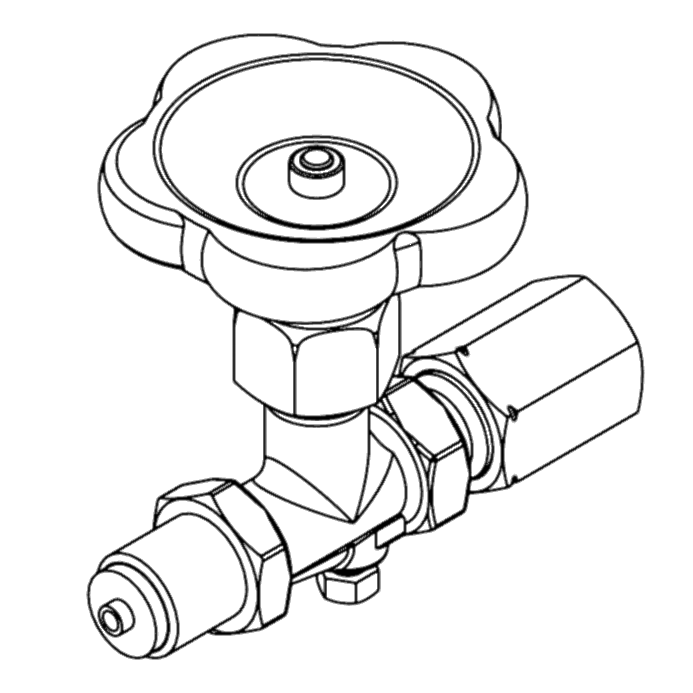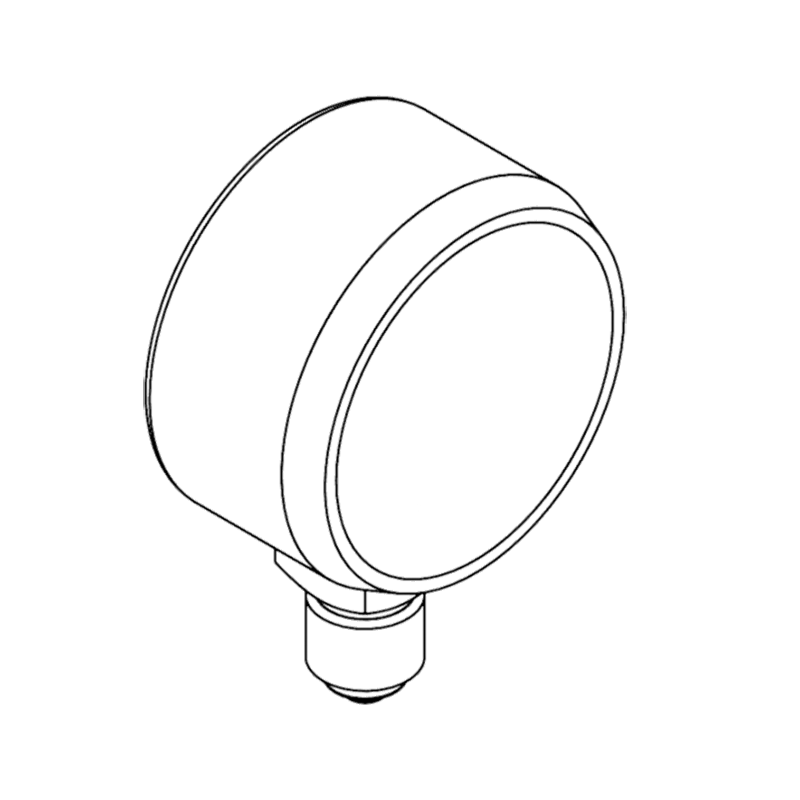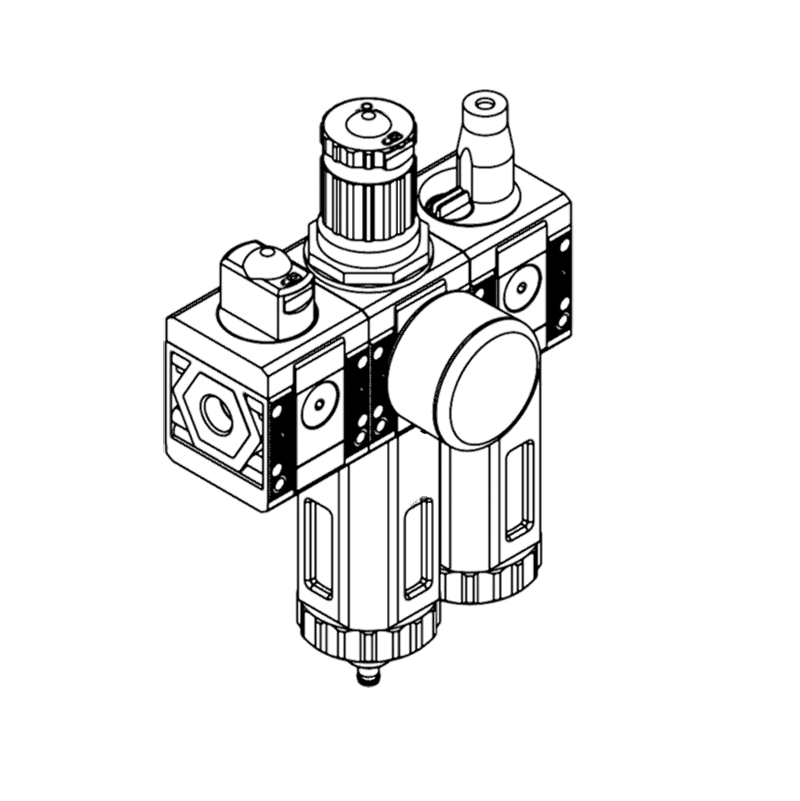
Solenoid valves
Solenoid valves for applications with high switching frequencies and fast interruption


Solenoid valves 12 VDC, 24 VAC/VDC or 230 VAC for applications with high switching frequencies
Solenoid valves have become an integral part of modern process control. Whether for compressed air or liquids, for shutting off, draining or diverting: Solenoid valves can be used to switch your processes quickly and reliably.
The robust solenoid valves are 2/2-way or multi-port valves with open and close functions for fixed or flexible lines. Solenoid valves are a cost-effective option for fluid control in systems with high switching frequencies and fast interruption.
What exactly is the function of these small but very important components? And in which areas of application can you find solenoid valves?
How solenoid valves work
Solenoid valves consist of a solenoid coil, a seat and a diaphragm. The opening and closing of the valve is controlled by the magnetic field of the electric current in the solenoid coil. The coils are available in various voltages in AC and DC. In control technology or in vehicles, coils with 12 VDC or 24 VDC are usually used. In plant engineering, solenoid coils with voltages of 24 VAC/VDC or 230 VAC are in demand.
Compared to other types of valves, solenoid valves offer important advantages. On the one hand, the simple but extremely effective mode of operation means that the response time of solenoid valves is short. This allows fast switching operations to be realised. On the other hand, the high precision and low energy consumption are further advantages.
The application areas of solenoid valves
Solenoid valves play a central role in various industries. In automotive engineering, solenoid valves are used to control fuel, cooling or compressed air flows. In production automation, solenoid valves are used to control the flow of liquids in machines or to precisely direct movements. In medical technology, solenoid valves control or dose liquids and gases in medical devices.
These industrial applications can be easily automated with solenoid valves in various voltages from 12 VDC to 230 VAC. For applications in hazardous areas, TRI-MATIC offers the corresponding versions with coils in the required voltage and the appropriate ATEX approval.
A solenoid valve for water
There are many possible applications for solenoid valves in the water sector for adding liquids or as a simple switching valve: from car washes and water treatment to household appliances, swimming pools and the medical sector. However, pressure surges can occur with fluids such as water, unlike in applications with the compressible medium compressed air. Especially with large nominal diameters, the resulting forces should not be underestimated, which in extreme cases can lead to the destruction of valves, pipes or attached consumers. Such events can be counteracted by extending the opening or closing time of the solenoid valves.
Various housing materials such as brass for general compressed air applications and stainless steel for demanding media are available. The robust solenoid valves are available in nominal sizes from 1/8" to 2".
Careful selection and installation of solenoid valves is essential to ensure smooth operation and prevent potential safety risks or damage. We will be happy to take a close look at the requirements of your particular application with you so that you can achieve the best possible result.
FAQs
Solenoid valves are used to shut off, drain or divert neutral gases or liquids in industrial automation. Thanks to their design, solenoid valves have a short response time. This allows fast switching operations to be realised. The high precision and low energy consumption are further advantages of solenoid valves.
Solenoid valves consist of a solenoid coil, a seat and a diaphragm. The opening and closing of the valve is controlled by the magnetic field of the electric current in the solenoid coil. The coils are available in various voltages in AC and DC. A distinction is mainly made between directly controlled, pilot-controlled and positively controlled solenoid valves.
Benefit from the robust solenoid valves from TRI-MATIC. Contact us by phone on +41 (0)41 780 22 22 or by e-mail at info@tri-matic.ch for comprehensive advice from our experts.
To summarise, solenoid valves have a crucial function in technology and industry. The future prospects for solenoid valves are very promising. New areas of application are being opened up and the integration of solenoid valves into networked systems opens up new possibilities in fluid control.
TRI-MATIC offers you technical solutions that will inspire you for a long time.
Valves from TRI-MATIC
Quality that has it all















































